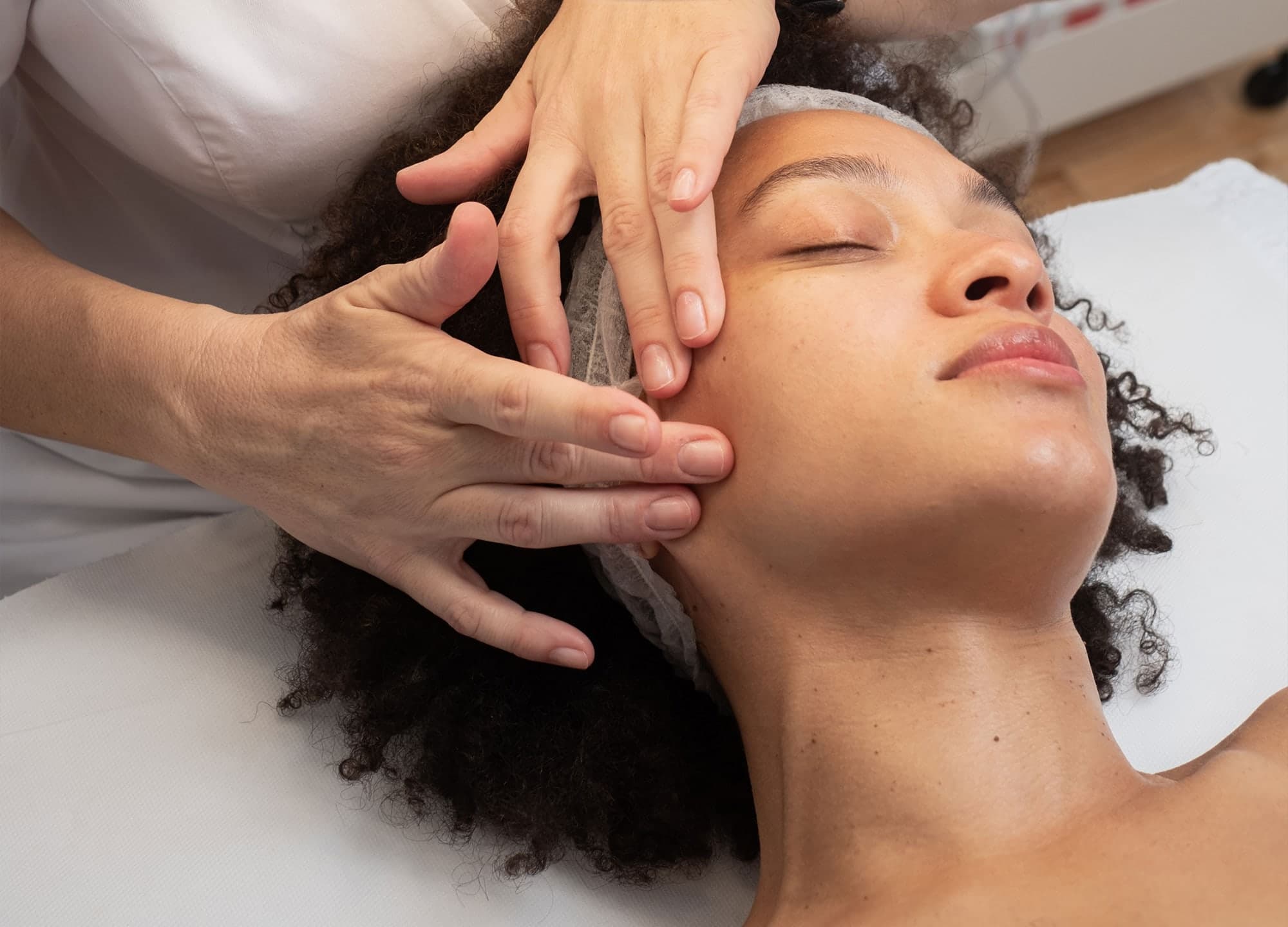It feels as though the only thing anyone can count on is change, and that rings especially true for skin. The combination of time, environment, lifestyle, habits, and sheer luck of the draw triggers inevitable changes over the years, and these changes can manifest in a variety of ways, such as wrinkling, dark spots, and adult acne.
But it’s not like you’re stuck with them forever. Preparedness is key in keeping your skin feeling healthy and looking radiant, especially when you’re in your 20s. “In your 20s, you’re doing it to build for your future,” says Miami-based board-certified dermatologist Dr. Deborah Longwill. “Any procedure you’re going to do is going to enhance your collagen and stimulate your skin for later decades.” With that in mind, we asked doctors to share the best procedures to consider getting in your 20s—think of it as an investment now, for a big payoff down the line.
1. “Baby” Botox
An ounce of prevention is worth a pound of cure, as the saying goes. That’s led to the rise of baby Botox, or a new way of describing small, preventive doses of Botox (or some form of botulinum toxin) intended to stave off wrinkles caused by facial expressions.
“For younger patients, Botox is the best way to prevent these dynamic wrinkles from forming,” says New York City board-certified dermatologist Dr. Michele Green. This can be particularly helpful if you tend to be expressive or already see the first signs of furrows. “If you have a strong frown line or strong forehead lines—depending on your genetics—Botox can help,” says Dr. Longwill.
2. Clear + Brilliant
Clear + Brilliant entered the scene in 2011, when it was approved by the U.S. Food and Drug Administration (FDA) to address early signs of aging. It quickly made a name for itself as the rare laser resurfacing treatment that you can get with little to no downtime—in part because of its more subtle results. (Less risk means relatively less reward compared to more heavy-hitting lasers.)
“It is a gentle laser and will help improve pore size, fine lines, and skin texture,” says Dr. Green. “There is no recovery time from this laser—and unless you have deep wrinkles or very photoaged skin, this is the perfect treatment.” That makes it ideal for people in their 20s, who typically aren’t contending with severe photodamage so much as discoloration and large pores.
3. HydraFacial
Manual facials seemed to go the way of the record player, once HydraFacial came on the scene. The facial-rejuvenation treatment consists of several steps to deep-clean skin, offer mild exfoliation, and infuse it with powerful active ingredients like hyaluronic acid and antioxidants. For those in their 20s, it’s an all-around winner. “It helps with acne breakouts, pore size, and skin texture by gently moisturizing and exfoliating your skin,” says Dr. Green.
And lest it seem the results may be less dramatic than a more invasive treatment—or one with more downtime—it was a Most Worth It Honoree in 2020, meaning that RealSelf reviewers considered it among the treatments most worth getting. Best of all, Dr. Longwill says, “You can use it on every skin type.”
4. Light chemical peels
Although it gets typecast as a teenage issue, acne can last well into your 20s and beyond. If that’s the case, a series of superficial chemical peels might be worth incorporating at this time. “If you have acne-prone skin and pores clogged with comedones, the mild salicylic and glycolic acid peels can help clear those out,” says Dr. Longwill. “Depending on your skin tone, you can be more aggressive.”
The peels dissolve dead skin cells that could otherwise clog pores and can help brighten post-inflammatory hyperpigmentation resulting from breakouts, making them worthwhile both during and after an active breakout. However, Dr. Longwill cautions, you shouldn’t get them too often, and your provider should use a gentle formula (with a lower concentration of acid) to avoid irritating skin. A deeper chemical peel—which, therefore, gets deeper into skin—isn’t usually necessary, unless you’re trying to tackle indented acne scars.
5. BroadBand Light (BBL)
BroadBand Light—also known as a photofacial—uses intense pulsed light therapy that sends light to the deeper layers of skin, where it addresses different forms of pigmentation while bypassing the skin’s surface. “We use it for rosacea and acne for patients in their 20s,” says Dr. Longwill. “It has specific wavelengths that target specific cells, which can be pigmented cells, vascular cells, or collagen.”
Depending on the concern the patient wants to address, your provider can just tweak the wavelength accordingly. And since it works by targeting pigment, it can be used to reduce the redness of rosacea or acne as well as postinflammatory hyperpigmentation. Best of all, Dr. Longwill says, “there’s virtually no peeling—you can have it done today and go out for dinner tonight.”











